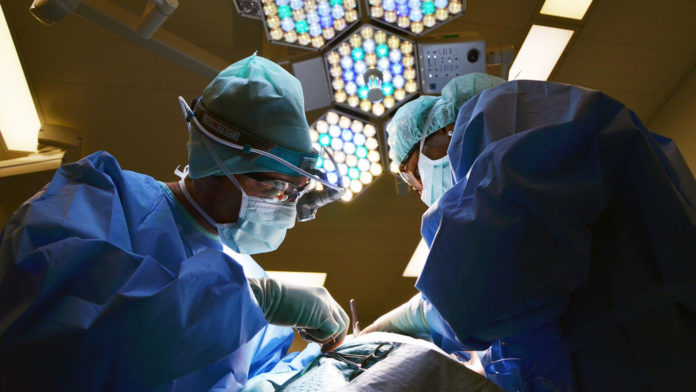When patients are under general anaesthetic, what exactly happens if they accidentally wake up during surgery? This may sound far-fetched, but for every 1,000 patients, as many as one or two may wake up during their procedure without any way of speaking or moving to let the surgical team know it.
During surgery, anaesthetized patients are monitored for brain activity, but the system isn’t perfect. The output that surgeons see boils down to a single number, ranging from a score of 100 for patients who are wide awake, to 0 for patients registering no brain activity at all. The goal is to keep patients in a window of 40-60, but within this range some patients still report moments of awareness during their procedures.
The truth is that our understanding of consciousness lacks depth. Generally speaking, consciousness has two components: wakefulness and awareness. Patients are considered conscious when they appear to be awake and can respond to commands.
But in the case of accidental awareness during surgery, patients are responding to their environment in ways that we are not currently able to detect. Psychologists Adrian Owen (Western University) and Lorina Naci (Trinity College Dublin) are searching for better ways to assess consciousness.
Searching for hidden signs of consciousness
To help patients with accidental awareness under general anaesthetic, Owen and Naci draw parallels to another group of patients who are often miscategorized as unconscious: patients with traumatic brain injuries that are left in a vegetative state.
While they may appear behaviourally unresponsive, neuroimaging has demonstrated awareness in as many as 19 percent of vegetative patients. In particular, some are able to respond to watching a movie, with fMRI patterns of brain activity that are synchronized to those of healthy volunteers.
In the future, a similar strategy could be used for patients undergoing surgery, using headphones and an audio recording. Brain signals that respond to the story would theoretically be suppressed under anaesthetic, but would fire up again if a patient were to regain awareness.
Helping patients who awaken during surgery
Some patients who awaken during their surgeries don’t experience distress or pain. However, others panic and as many as 70 percent can develop post-traumatic stress disorder (PTSD) or clinical depression. In particular, the combination of pain and paralysis can trigger a deep emotional response.
To reduce the likelihood of long-term anxiety, doctors can do more to respond if they suspect accidental awareness. Although it can be difficult to distinguish awareness from reflexes, Owen and Naci recommend increasing the dose of anaesthetic, and pairing this with analgesics to manage pain.
The operating team can also guide patients through accidental awareness just by talking to them. Calling patients by name and letting them know what’s happening can help keep patients calm.
These simple interventions could help reduce harm for patients caught in a waking nightmare in the operating room.








































